1990 VW Golf GTi
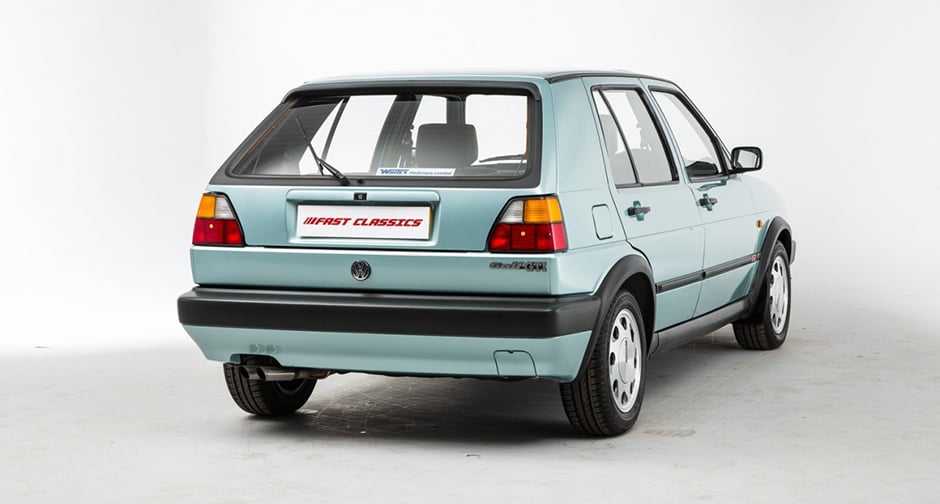
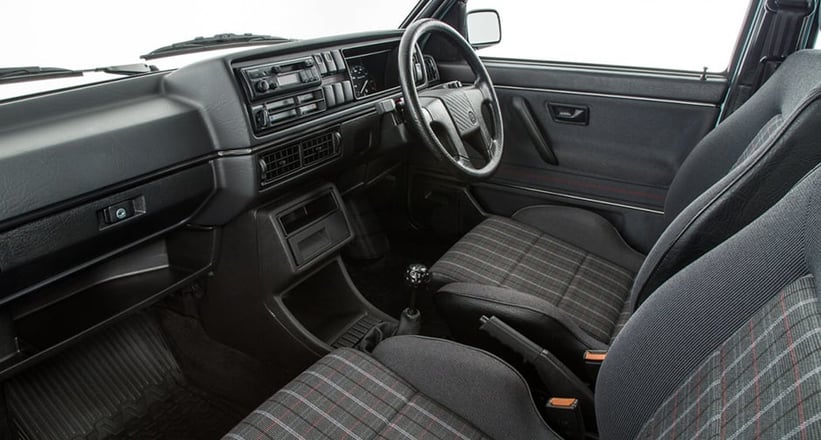
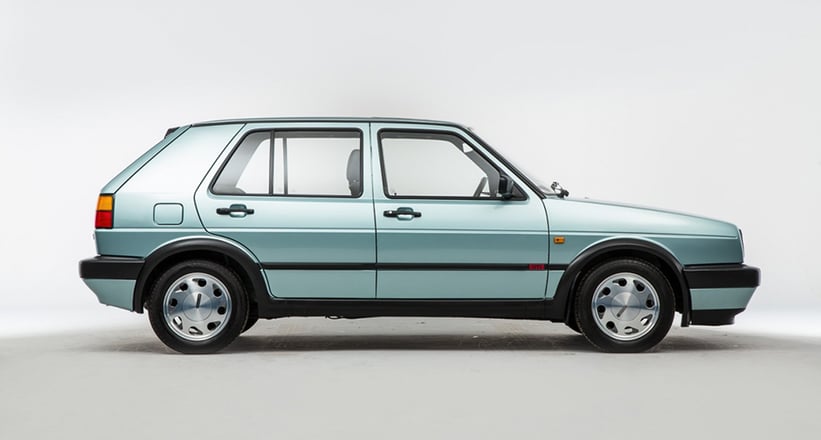
While not the absolute first ‘hot hatch’, the VW Golf was undoubtedly responsible for kick-starting the craze. An ordinary family hatchback boasting a potent Audi-derived engine, stiffer suspension and ‘go-faster’ styling (not to mention retaining the solid German build-quality), the Golf GTi brought performance driving to the masses. And when the MK2 version arrived, it followed its prececessor’s recipe to the book. This 1990 model – finished in rare ‘Calypso Green’ – was obviously someone’s pride and joy, as it’s in true time warp condition. We challenge you to find a better unrestored example…
1979 Talbot Sunbeam Lotus
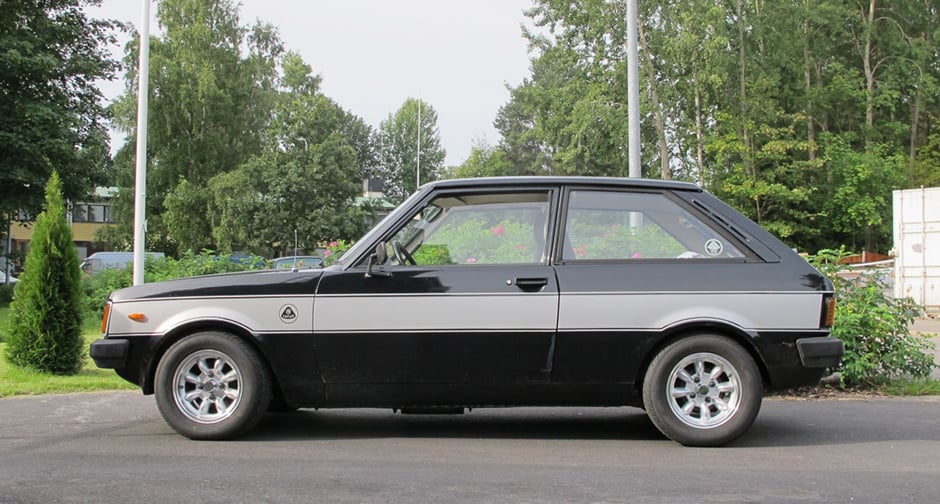
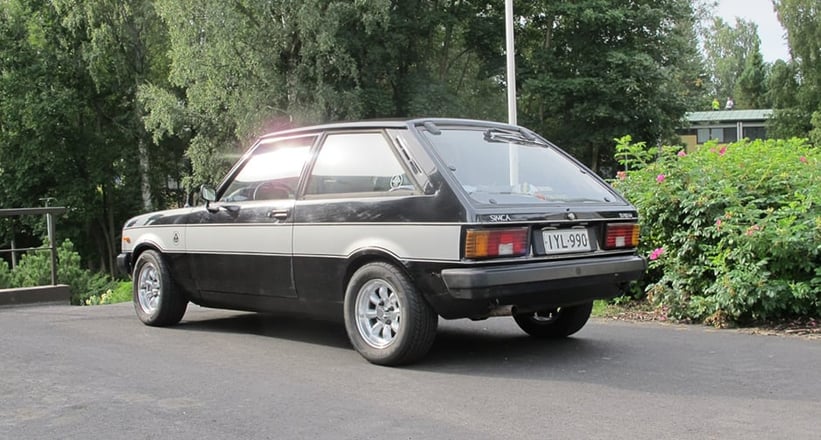
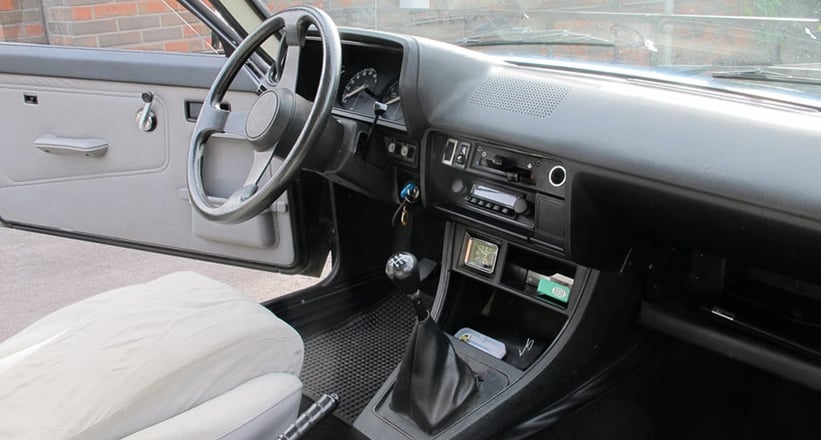
When you spy a Lotus badge adorning the bodywork of a relatively nondescript-looking car, you know its driving experience is going to defy its appearance – think Ford Cortina and Vauxhall Carlton, and you get the idea. The folks at Hethel also breathed their magic on the lesser-known Talbot Sunbeam, providing the 2.2-litre four-cylinder from the S2/3 Esprit and a (crucial) helping hand in the design of the suspension and exhaust systems. An early face on the hot hatch scene, the Talbot Lotus Sunbeam proved a successful recipe, earning Talbot the World Rally Championship in 1981 and, in road form, selling in abundance. This left-hand-drive 1980 model for sale in Finland is delightful, and about as original as you could realistically hope.
1989 Peugeot 205 GTI 1.6
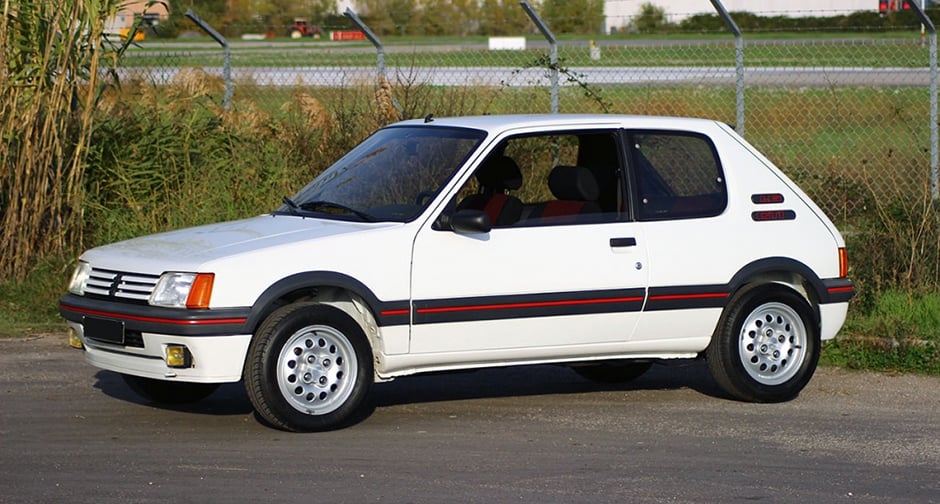
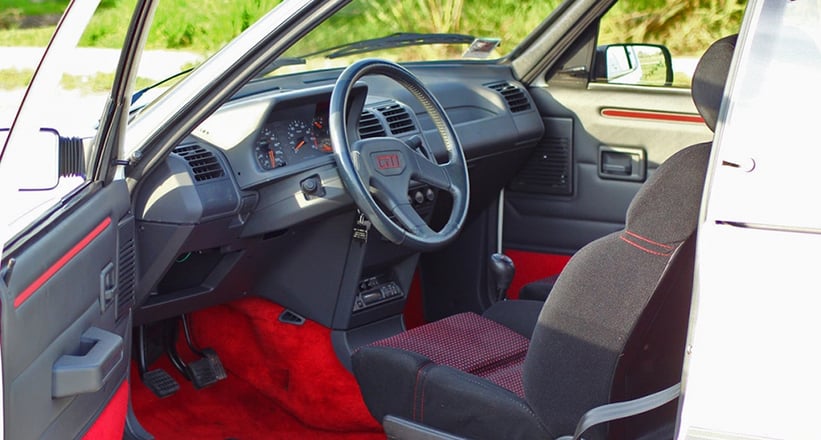
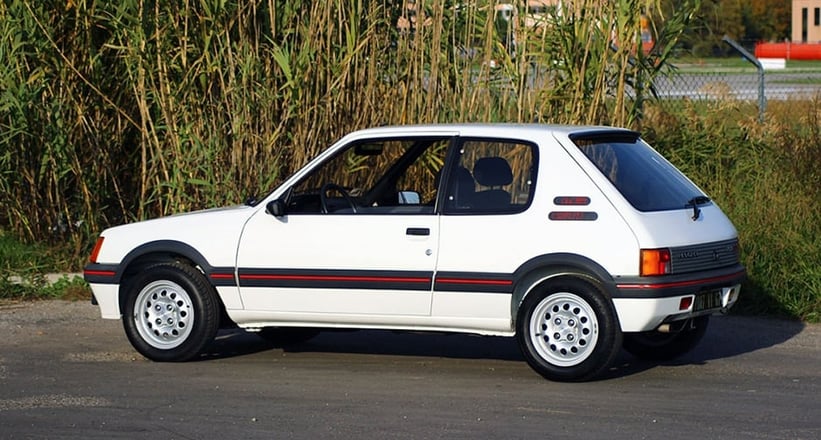
Debate will forever rage as to whether the 1.6- or 1.9-litre Peugeot 205 GTI is the one to have. Given that most GTIs have been raped to some extent (this was the eighties after all), we’d happily settle for an unmolested example of either. Many would argue that Peugeot has never bettered the 205 GTI in terms of its undiluted and utterly joyful driving experience. Over the course of this car’s 79k-mile life, it’s been lovingly maintained, boasting all of its invoices and remaining totally original. It’s currently for sale in France and represents an entire generation – as well as the birth of a phenomenon that continues to this day. And if that’s not enough to persuade you, perhaps the French yellow-tinted fog lights will….
1981 Renault 5 Turbo
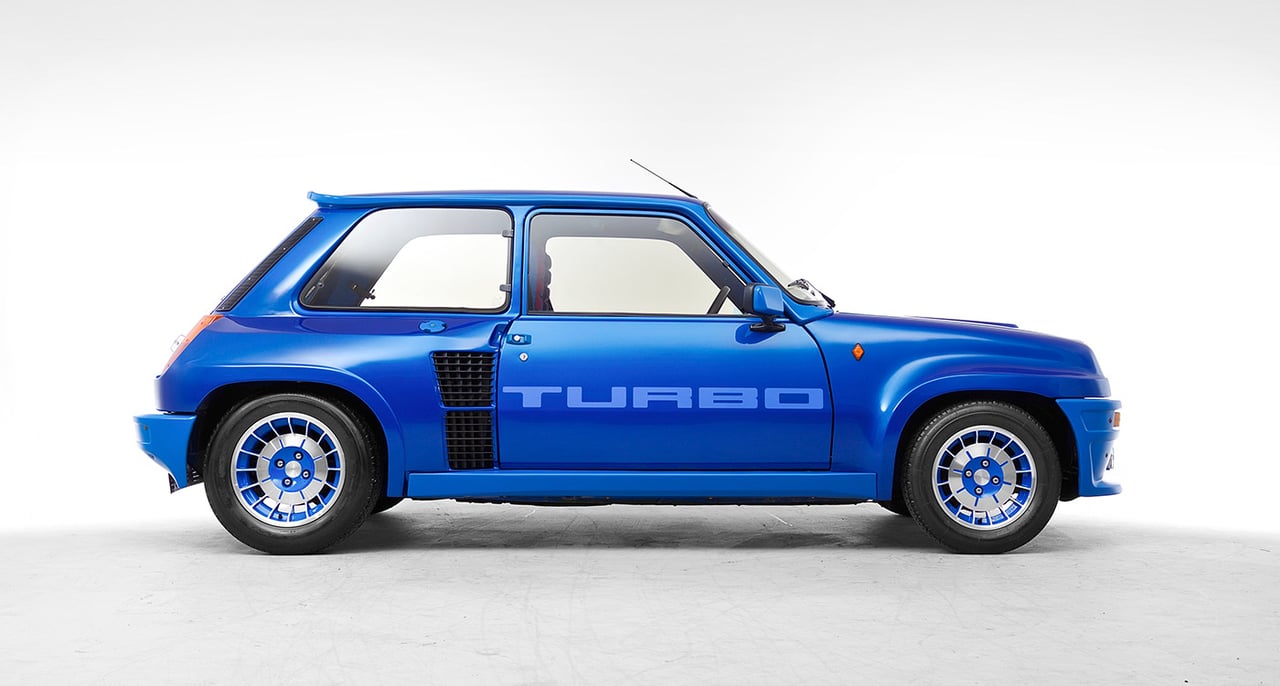
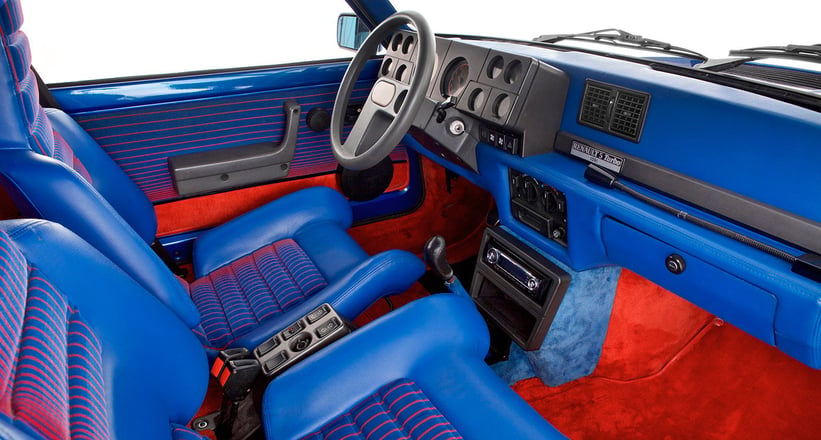
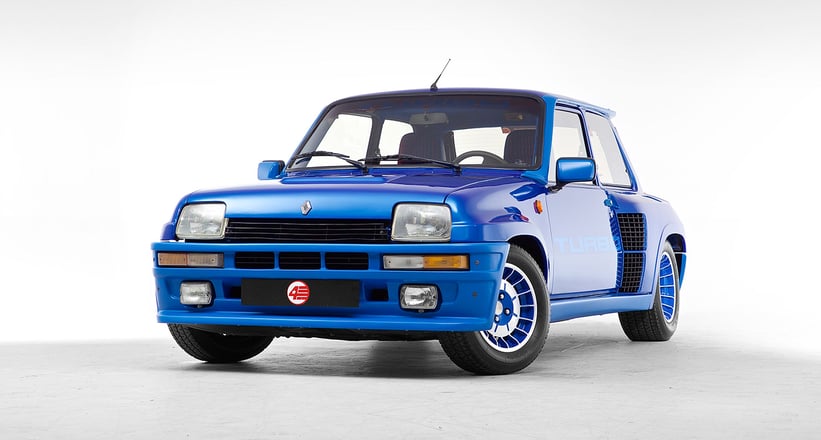
At just 970kg and with a mid-mounted, 160HP turbocharged 1.4-litre four-pot engine sending power to the rear wheels, the Renault 5 Turbo was a potent little car, capable of embarrassing even the handiest of drivers. Anyone who’s witnessed Jean Ragnotti doing pin-perfect pirouettes in his Maxi Turbo at Goodwood will wholly appreciate this car’s appeal. Prices of these pocket-rocket homologation specials have skyrocketed in the last few years, and you’re talking at least £65,000 for a decent first-gen example. This ‘Olympic Blue’ R5 Turbo (complete with equally dazzling blue and red interior) has covered just 36k miles, and looks to be in great condition. Just remember – you are not Jean Ragnotti…
1992 Lancia Delta Integrale Evo I Martini 6
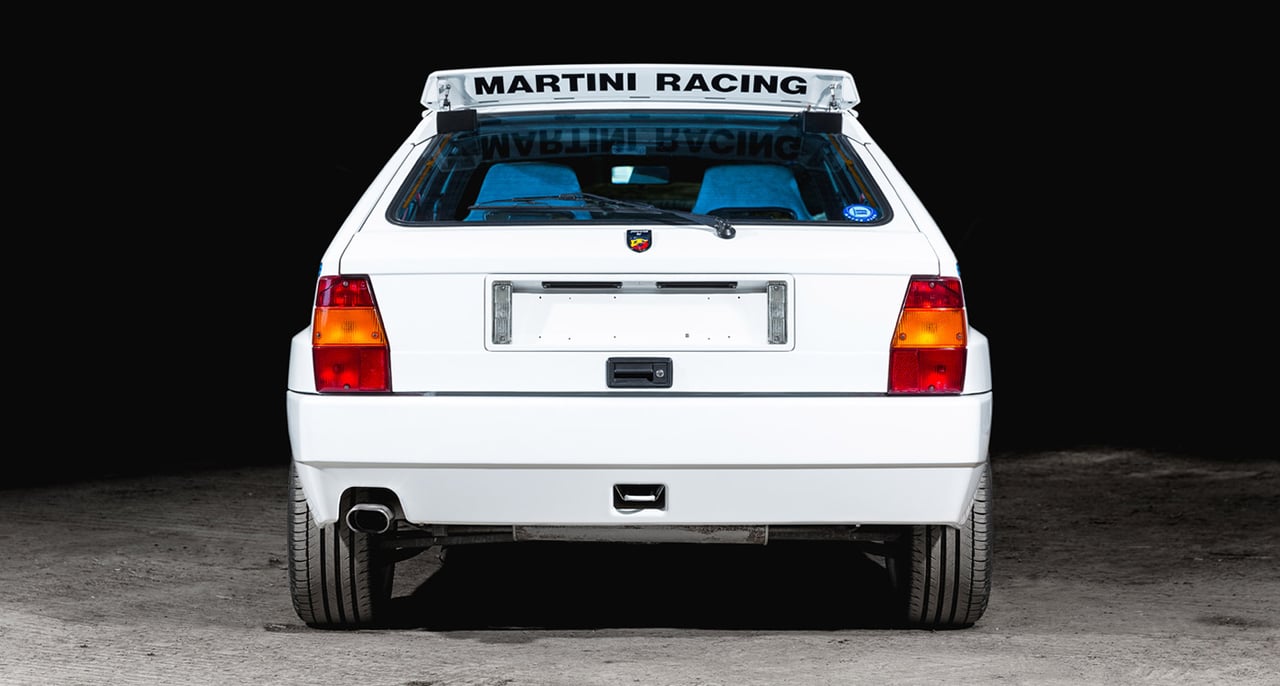
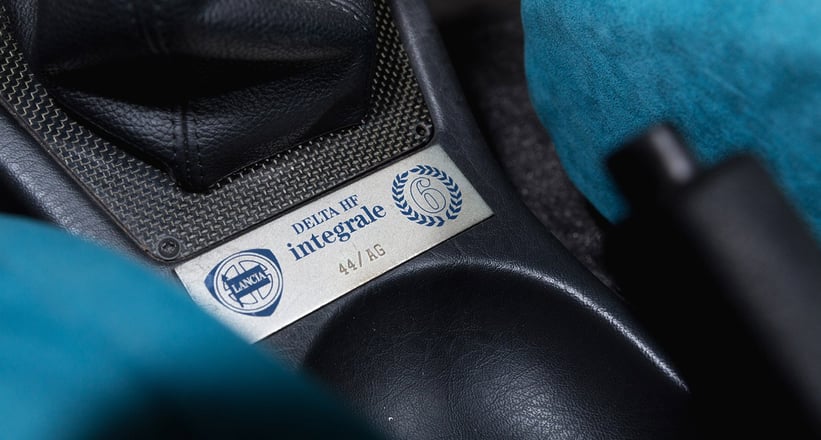
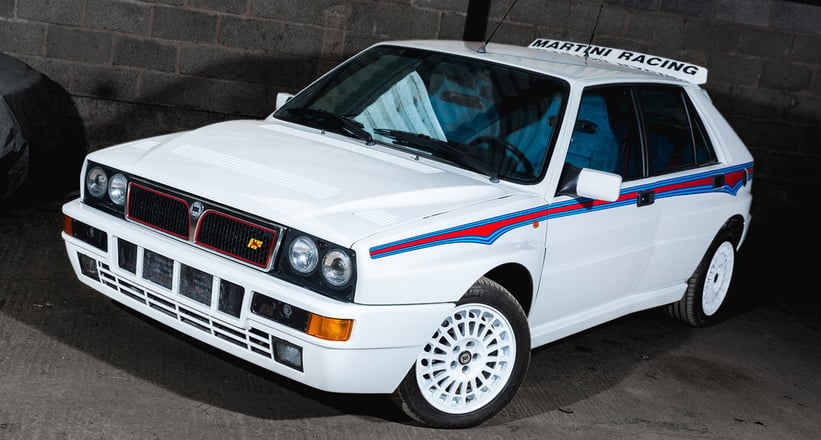
The Lancia Delta Integrale’s six World Rally Championship victories from 1987 to 1992 inspired various special edition versions of the road-going car, including the ‘Martini 6’. Built towards the end of the 1992 season in commemoration of championship number six, it boasted a Martini Racing livery, a unique teal Alcantara interior and an individually numbered plaque. The 44th of 310 produced, this particular Martini 6 was ordered new by the Fiat group, it is believed for the use of Eduardo Agnelli. As such, it was fitted with a host of bespoke extras by Abarth, including an electric rear spoiler, a competition suspension setup and a blueprinted engine. A unique example of a cult-classic 1980s ‘hot hatch’, it’s expected to fetch £48,000-60,000 when it goes under the hammer on 12 March.
2005 Renault Clio V6
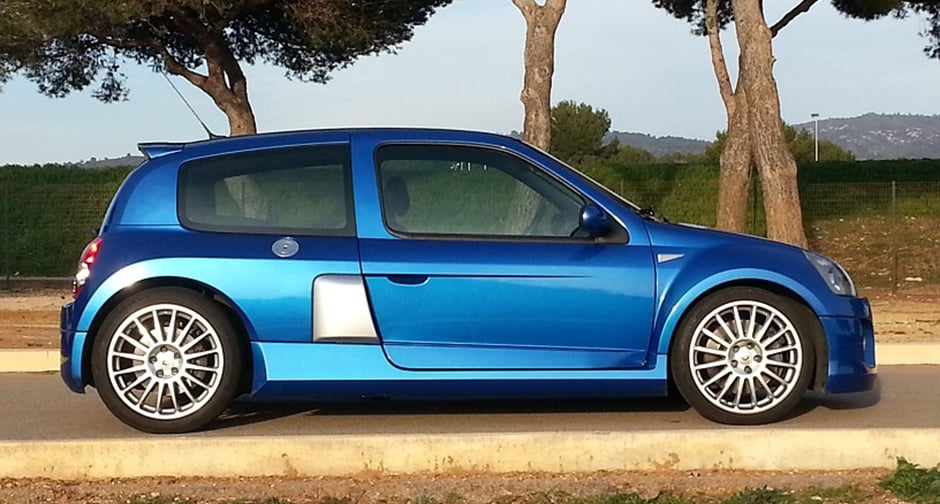
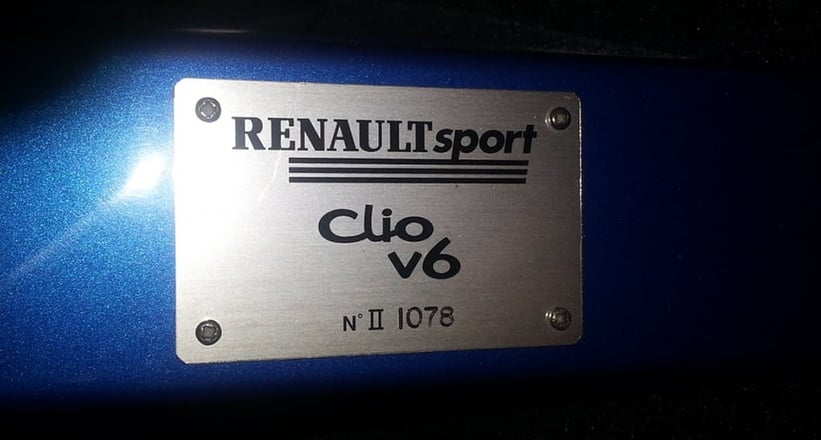
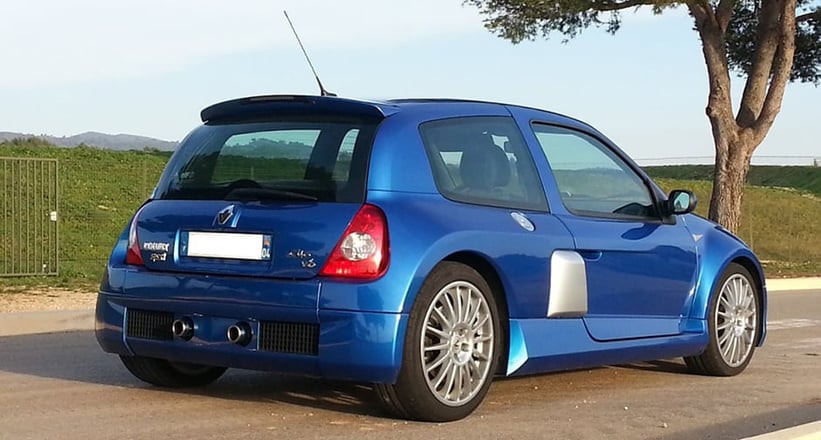
The Renault Clio V6 appears to defy everything the road-going ‘hot hatch’ should retain, namely practicality and refinement. It is, however, fast. Lurking behind you in place of the rear seats is a 3.0-litre V6 engine developing 255bhp that, at the time of its launch in 2003, made the Clio the most powerful hatchback in the world. This car is the more sought-after Phase 2 model, with which Renault – with a little help from Porsche – addressed the widely criticised handling of the Phase 1. In many ways it is the spiritual successor to the aforementioned Renault 5 Turbo, entirely superfluous but so much better for it. Modern classic? We think so.




























